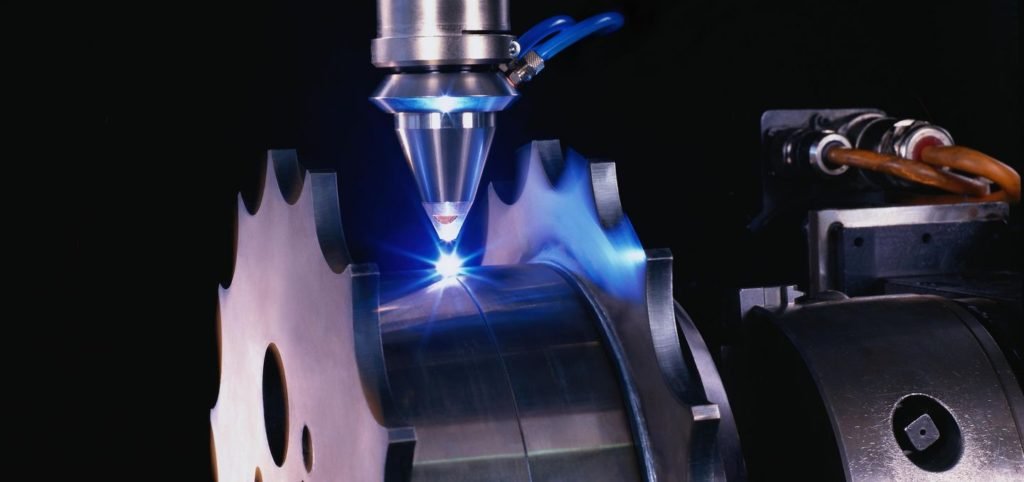Designers and engineers are tasked with finding the best joining method for the latest Plastic widget, case, device, or other item created. During research on the options available, chances are the laser plastic welding method appears.
For many, though, laser plastic welding is still a mystery. Learning more about it, and the benefits offered is a must. Find this information here.
What is Laser Plastic Welding?
Laser Plastic Welding is a method used to join two plastics by the subsequent transmission and absorption of the laser energy using specialty plastic welding equipment. While this isn’t a new technology, it isn’t as widely adopted as the legacy joining solutions more commonly used, such as ultrasonic welding, snap fits, fasteners, and gluing.
The first to adopt this technology was the German automotive industry. While it was considered revolutionary then (and now), it took several years to be adopted by other industries. Now that it is, this method is used for a wide array of plastic products, including consumer electronics, medical device manufacturers, and more.
How Does Laser Plastic Welding Work?
The process of laser plastic welding is more straightforward than it sounds. This process involves clamping together two plastics tightly. The process begins with a laser beam in the range of 1000 nm working to penetrate the upper layer of the product, which is then absorbed by the lower layers.
The lower layers heated by the laser energy transfer the absorbed heat to the upper layer. This causes both the plastics to mix and melt, forming a bond that is almost as strong as the base materials themselves.
Advantages of Laser Plastic Welding

There are countless advantages offered by laser plastic welding. Some of the most appealing include the ability to have precise control of the area being welded and the ability to miniaturize designs.
Some of the other advantages of this method include a lower total cost of ownership, aesthetically pleasing weld seams, the ability to join complex and 3D shapes, elimination of consumables, and the removal of cumbersome and costly part features.
What Applications Does Laser Plastic Welding Work For?
With the attractive advantages listed above, there are many cases when engineers will look into the possibility of this option to replace their existing joining solution. The first test is on a product that’s already being mass produced.
In these situations, it’s best to consider if this option is the best solution. After all, if the current joining solution is working, it is best to stick with this process. But testing is always a viable option to consider.
Consider Working with a Professional
It is a good idea for engineers and designers to work with an expert before a new method is used on a design to ensure proper guidance is provided. After all, if careful planning isn’t used for the creation of a laser-weldable joint, then costly mistakes could occur.
For those who are currently researching plastic welding for use with a new product, it’s essential to consider a few things. For example, it’s necessary for the part volumes to be over 150K each year or used on a high-value part. It’s also smart to adopt a total cost of ownership model for the implementation process.
An Extensive Overview of Laser Plastic Welding
It’s a good idea to keep all this in mind to ensure the desired results for laser plastic welding are achieved. In the long run, this can help ensure the right method is used for joining plastic elements.

